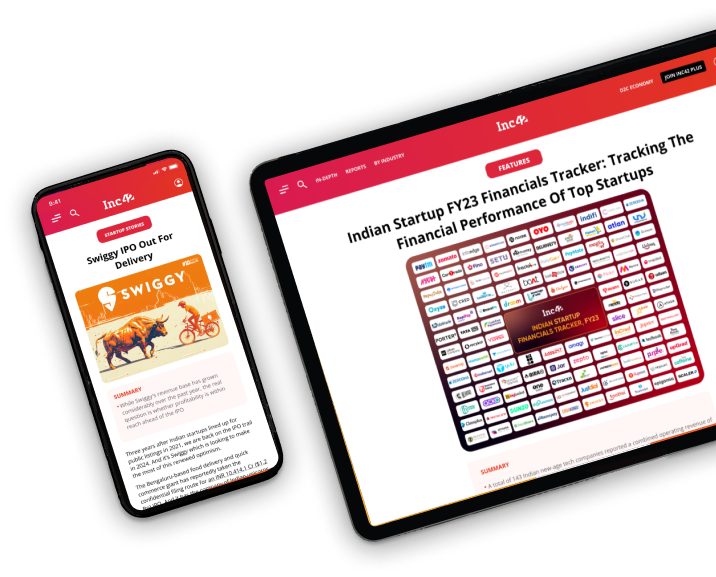Robust policy and standards required on charging stations, grid integration and charging tariff rate
India needs to fix problems regarding battery recycling and find second-use for batteries
Inadequate financing options have discouraged consumers from expensive EVs
The global automotive industry is on the brink of a paradigm shift into electric vehicles (EV) from conventional vehicles. At the initial stage of EV adoption, China (the country with the highest number of EVs, 1.18 Mn passenger EV sales in 2019), Norway (the country with highest EV penetration of total automotive sales, nearly 60% in 2019) focussed on building EV infrastructure. They formulated proper EV policy for building charging stations, providing subsidies on purchasing new EVs and recycling of battery materials from the beginning.
It is the right time for India to take more actions on EV policy, charging standard, financing options for new EVs, battery standard, the tariff rate for charging EVs, renewable energy generation for charging EVs, creating a new supply chain between OEMs and auto parts suppliers, and reducing crude oil import. India has the potential to adopt EVs faster in coming years, but at the same time, India needs to work on solving fundamental problems for adopting EVs.
ORDER YOUR COPY!Fast Public Charging Stations For Mass Adoption
The number of available charging stations in India is not enough for mass adoption for EVs in the automotive industry. There is a chicken-egg dilemma between government and industry players for developing charging infrastructure.
Startups such as Volttic, Relicell Battery, Ion Energy Labs, EV Motors, Okinawa Scooters, and Mission:Electric have come up with models for EV charging stations. But most of the available public charging stations in India are slow charging stations. India needs to focus on building fast-charging stations which will reduce charging time and save time for consumers and businesses.

Robust EV Policy And Standards
India has set a target of stopping sales of ICE three-wheelers by March 2023, two-wheelers with less than 150cc by March 2025, and transforming 30% of vehicles on the road into electric vehicles by 2030. While the target is achievable, the Indian government needs to develop a proper roadmap for a faster transition from ICE vehicles. A clear roadmap with an estimated timeline by each year will help automakers adjust their manufacturing lines without incurring a loss.
In 2019, the Indian government also published charging station policy with defined charging standard and voltage level. India is currently following CHAdeMO, CCS, and Bharat (based on Chinese GB/T standard) charging standard. The global confusion regarding universal charging standard is also affecting India in choosing a single charging standard.

With the increasing EV sales in India, the demand for electric power in India is increasing. As per ASSOCHAM-EY joint study, the electricity demand from EVs will reach 69.6 TWh by 2030. The vehicle to grid (V2G) integration will help maintain electricity demand effectively and improve battery life cycle. Again, V2G technology will be able to track any vehicle when it will be connected to any grid for charging. It will improve security concerns over vehicles stolen in India. Besides, India needs to focus on generating more renewable energy, otherwise, it will not be able to fulfil energy demand from the automotive industry.
Now, India needs to work to develop a unified charging tariff. As of now, a total of 13 states including union territories like Telangana, Karnataka, Maharashtra, Andhra Pradesh, Haryana, Delhi have already published electricity tariff rates for EV charging. Before making a unified tariff rate for vehicle charging, India needs to fix the unified electricity tariff rate all over India.
Battery Standardization And Recycling
CATL, the world’s largest manufacturer of electric batteries, had signed a contract with Tesla for supplying cobalt-free batteries. This will help in reducing battery cost of a vehicle and pollution level as well. India needs to set battery standards with the desired driving range and quality.
The lack of policy in battery standardization does not help startups attract investments or get traction from consumers. India has witnessed some major investments in EV charging and electric bike manufacturing but not so much in battery cell technology, battery chemistries, battery manufacturing and battery recycling.

The capacity of EV batteries drops below 70% after average use of 8-10 years. The EV batteries can be reused in several stationary applications like solar energy storage, UPS, and off-peak renewable energy storage. Second-use of batteries will open new opportunities for the battery refurbished market. The recovery of cathode materials by pyrometallurgical processes will reduce demand for new raw materials and improve the battery life cycle impact. Moreover, this process will help to lower the negative impact of e-waste on the environment and climate.
India should focus on building battery recycling plants like the smartphone industry. Prescribed norms will help to dispose of batteries at the end of life in a proper way. It will subsequently reduce battery cost which will be favourable for EV adoption in a faster way in cost-sensitive countries like India.
The Problem Of Location
The lack of charging stations in India has led to an open battery swapping business model. It is not the ultimate solution for faster EV adoption, but a stopgap arrangement until demand rises.
If charging stations are available after every 50-100km at the initial stage, consumers would prefer EVs over conventional vehicles as the operational cost is significantly lower and there is no range anxiety either. It will also help ride-hailing and car-sharing startups like Ola, Uber, Rapido and Blu Smart add more EVs to their fleets. And on the commercial front, it will encourage logistics, e-commerce and transportation companies to use EVs.
Again charging time of available EVs in India is quite high. Several agencies and companies are trying to build charging stations at the available fuel stations. It will block the area for several hours and any fault in the charging station may lead to fatal accidents.
The availability of charging stations in parking spots in major locations like working space, shopping malls, movie centres, local markets, restaurants, and large community areas will support people to avail vehicle charging service in their free time. The proper integration of charging stations with Google map will help people to find a charging station nearby. Several companies like Get My Parking, Parking Rhino and PParkE are already providing this type of service. The features like availability of charging stations, pre-booking and live tracking will help to solve the problem over finding charging stations at the destination.
Financial Support
The Indian government had already reduced GST on purchasing new EV from 12% to 5% and also provided an additional income tax deduction of Rs 1.5 lakh on the interest paid on loans taken to buy EVs. But consumers are not getting additional subsidies on purchasing new EVs where other countries such as China, Norway, USA, France, UK, Sweden and Germany are encouraging people by providing subsidies on new EV purchases.
Even in India, financing for new EVs is another problem. Only a few banks like SBI, HDFC, and Axis Bank are offering loan facilities for buying EVs. But in India, major auto financing comes from Non-banking financial companies (NBFC), especially in rural areas. The current solvency issues in NBFCs led to cautious lending for buying new EVs.
The average price of passenger electric vehicles in India is around INR 12-18 lakh where Indian people generally buy cars in INR 5-7 lakh range. Without additional support from government and banking institutions, Indian people will not be able to afford EVs in the current stage. This is one of the major roadblocks for slower adoption of EVs in India.
Now Tata Motors and Hyundai are providing warranties over batteries for eight years. This is encouraging insurance companies and banking institutions to provide financial support. The absence of proper scrappage policy for EVs and doubt over resale values are also holding back financial institutions from providing loans for purchasing new EVs. Encouragement from auto OEMs and financial institutions will definitely make it easier for consumers to purchase new EVs. Startups such as RevFin are looking to specialise in EV loans in the Indian market, particularly in smaller towns.

The Indian consumer is largely concerned about driving range, charging infrastructure and capital cost of EVs. If these problems are addressed swiftly, India’s electric vehicle and mobility goals will be well and truly achievable.
ORDER YOUR COPY!































 Ad-lite browsing experience
Ad-lite browsing experience